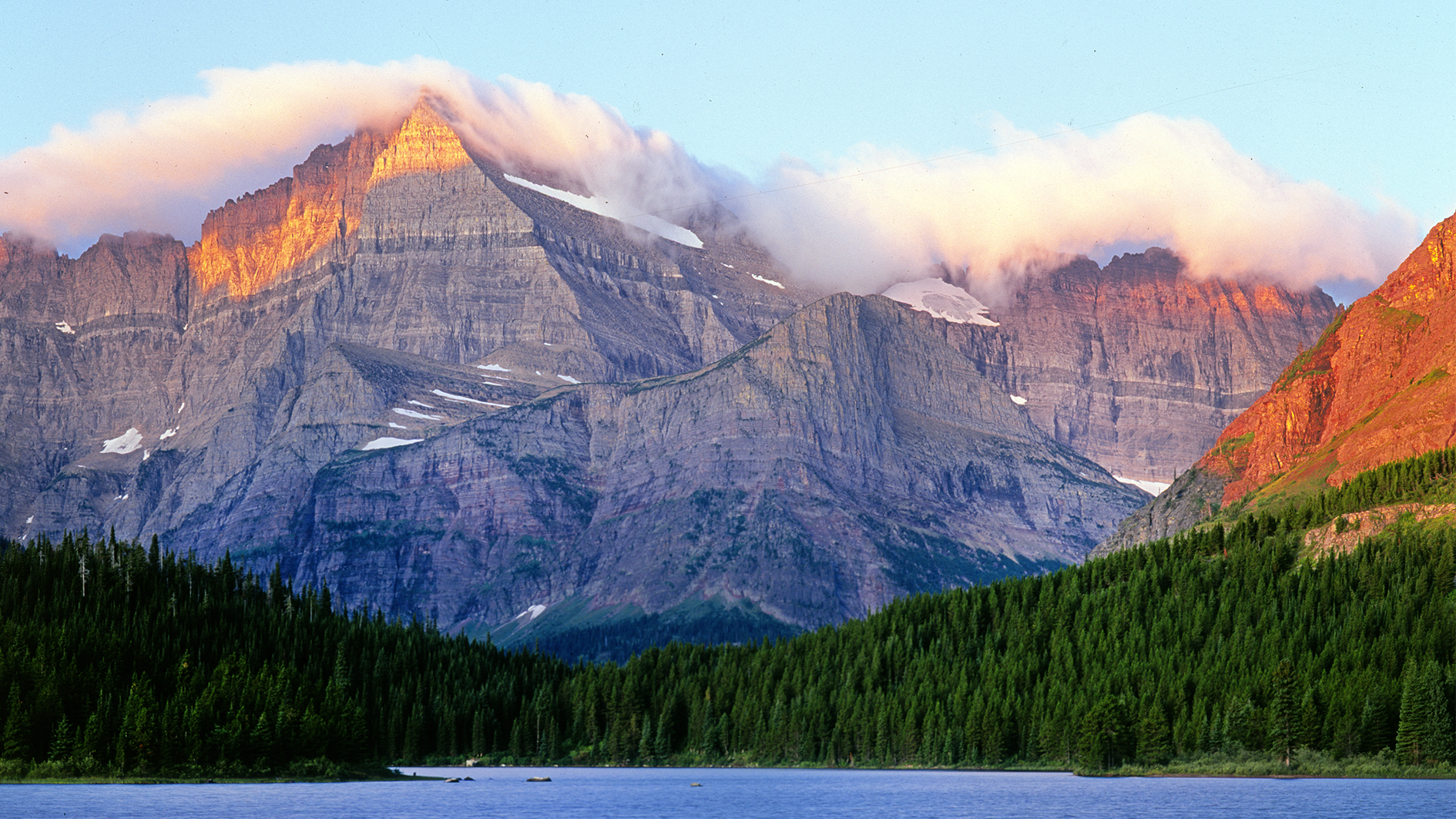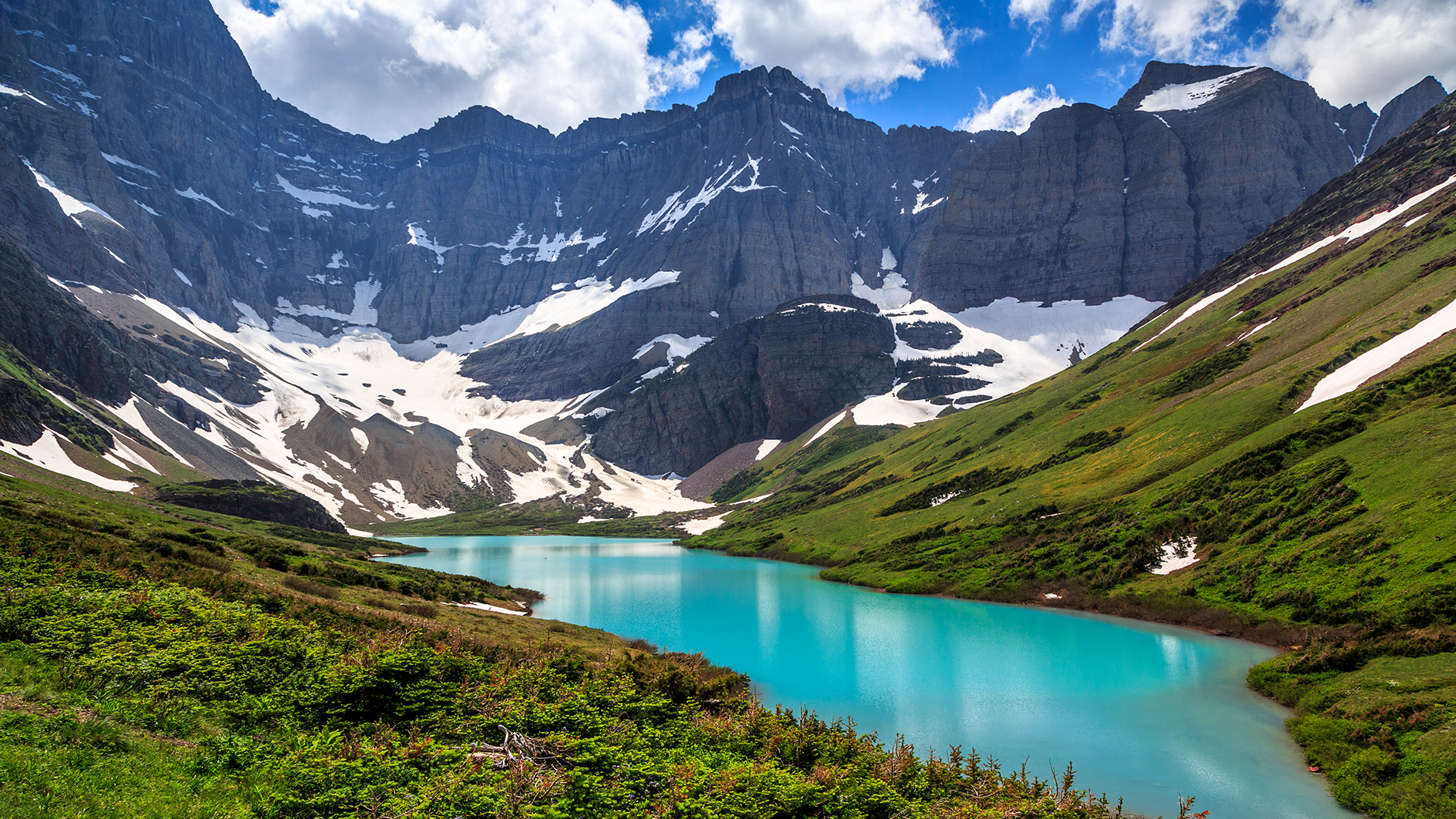
After a boom in visitors this year, Glacier National Park will introduce timed entry and a host of other measures to manage numbers in 2025.
The stunning Montana park, which boasts over 700 miles of trails, has welcomed more than 3 million visitors so far this year, already 9% more than in 2023. The park is particularly busy in its peak summer season when around 1.4 million hikers and tourists show up in July and August alone.
As of June 2025, visitors arriving between 7 a.m. and 3 p.m. will be allocated a specific entry time slot. In addition, reservations will now be required for the west side of the popular Going-to-the-Sun Road and North Fork areas. These measures are aimed at reducing congestion along the popular routes, allowing visitors to pass through safely and easily.
New reservation areas are in addition to the Sun Road, Polbridge, and Many Glacier Valley areas that already require reservations during peak season. Reservations will not be required for the scenic Apgar Village, Two Medicine and East Entrance to Going-to-the-Sun-Road routes.
Since a post-pandemic visitor boom beginning in 2020, Glacier has been experimenting with ways of handling its newfound popularity. Reservation requirements have successfully stopped unsafe overcrowding and congestion along many of Glacier’s most iconic routes.
Visitors can pick up a $2 reservation at the Recreation.gov.

Navigating the reservations system
Navigating National Parks reservation systems can often be a headache. Thanks to the popularity of parks like Glacier, reservations, which usually open around 90 days before the summer season, can sell out in days.
To avoid disappointment, we recommend booking well in advance or turning up super early. Although the parks are open 24/7, reservation systems are usually only in place for peak times. In the case of Glacier, visitors can arrive without a $2 ticket before 7 a.m. and after 3 p.m., so pack a headlamp and get going before the crowds arrive.
You can also visit outside of the summer season. Reservations for Glacier will be required during its busiest months, from June 13 to September 28. While it might be cooler, Glacier’s towering mountains and ancient woodland are equally breathtaking in May and October when the crowds are fewer. Remember that wildlife can be especially active at these times, so it's important to know what to do if you meet a bear.
Although most of the park's roads will be closed due to snow in winter, and services will be extremely limited, it is open and it's possible to visit some areas of the park in the winter, but you are advised to be self-sufficient and prepared for winter hiking and winter camping.
For more advice on how to navigate the National Parks reservation system, check out our expert guide.
- The best winter hiking boots for unbeatable performance in the cold
- The best hiking shoes 2024 trail friendly shoes for all seasons






